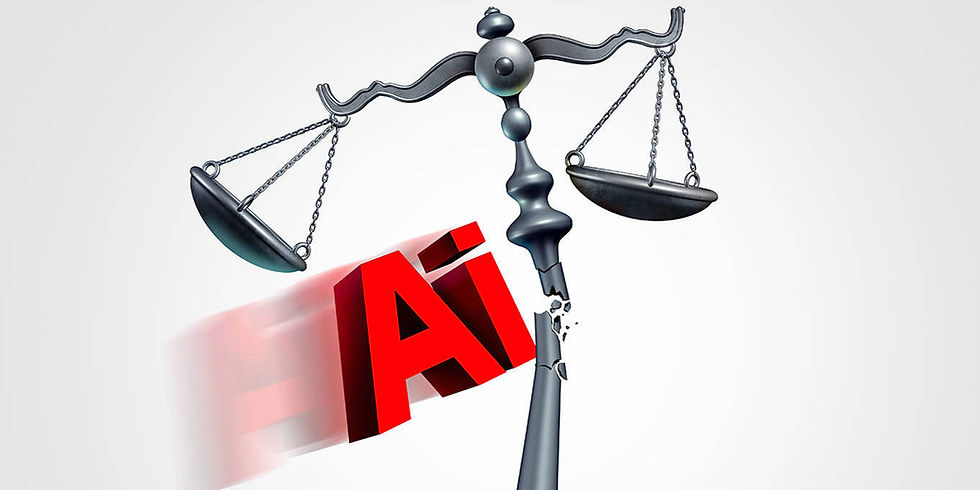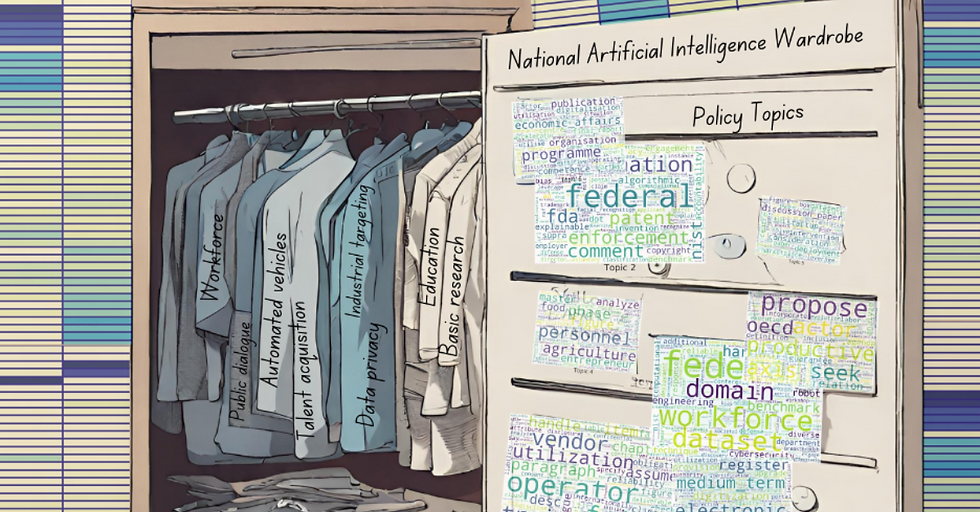Prepping and Writing for the Minerva Grant
- JP Singh

- Jul 7, 2022
- 3 min read
J.P. Singh, Principal Investigator
When Department of Defense’s Minerva Research Initiative issued its Funding Opportunity Announcement last summer, its theme of “Topic 7: Social and Cultural Implications of Artificial Intelligence” resonated with many of us at George Mason University. We are a group of transdisciplinary researchers affiliated with George Mason’s Center for Advancing Human-Machine Partnerships (CAHMP) spanning engineering, natural and social sciences, and the humanities. Puzzling about the social and cultural implications involves thinking about human-machine partnerships, and our team was excited to move forward with crafting a Minerva proposal.
Minerva funded 17 proposals this year. We were delighted to find out that George Mason received two of these grants. The proposals went through two stages of review. In the first stage, we submitted a three-pager in June and were then selected to submit the full proposal end-September.
I would like to use this blog to share with you three take aways from our team on writing our Minerva grant. Short version: Pooling ideas from an interdisciplinary team, and frequent brainstorming with writing and re-writing, we believe, were important for being awarded the Minerva grant.
Let the puzzle guide you on the required transdisciplinarity:
My own research puzzles about the ways cultural values, economic incentives, and institutional priorities influence technology infrastructures. Amarda Shehu and Antonios Anastasopoulos, the two computer scientists on our team, suggested ways in which we could use natural language processing and machine learning tools to build models that could analyze the ways in which a country’s values and institutional priorities are reflected in evolving artificial intelligence infrastructures. Artificial intelligence infrastructures raise a host of ethical questions for any society, in not just what values are inscribed in them but, more importantly, their ethical implications. Jesse Kirkpatrick, trained in ethics of AI systems brought this expertise to our team. Minerva FOAs are clear on the needed security implications for each grant proposal. Mike Hunzeker brought historical and theoretical knowledge to thinking about the implications of technologies for security.
We were also able to bring on board an excellent group of graduate students: Caroline Wesson is working on technology hubs and clusters as part of her dissertation research. Manpriya Dua’s dissertation examines machine learning models. Daniel Ofori-Addo’s dissertation looks at the determinants of ICT infrastructures in Sub-Saharan Africa. After the grant was awarded, Webby Burgess joined the team bringing a background in philosophy and good governance.
Create time for frequent brainstorming and to build transdisciplinary understandings:
Teams across disciplines need time to understand each other’s concepts, methods, and jargon. Our proposal, for example, required a translation of social science analyses into machine learning models. This required some understanding and multiple back and forth iterations on drafts. Description, for example, means something quite different in computer science than it does in social sciences. The task of translating for each other and brainstorming about the proposal’s outline was one of the most intellectually exciting parts of our proposal writing.
Supplementary materials require time and resources:
Polished proposals take a great deal of writing and re-writing the proposal narrative, but also enormous time is taken up with supplementary documents and negotiations across units. Expect to spend time on all these activities. The team came with experienced proposal writers, and everyone understood that while the proposal narrative is the core of the proposal, other documents must also be in place and sometimes take time to generate. Good relationships with grants officers at the department, school, and university level are very helpful.
All in all our team spent four good months last summer and fall writing this proposal. Since receiving our award, the team has started work on our research and will be sharing updates with you monthly via this newsletter and our website on our progress.





Really enjoyed reading this — it’s inspiring to see how teamwork and persistence can turn a complex idea into a successful grant. The way the team handled writing and revisions shows how much effort goes into crafting a strong proposal. It’s a good reminder that sometimes getting expert support, like when you buy thesis proposal online, can help manage time better and make sure every detail meets the required standards.
I really learned a lot from this post! Interdisciplinary collaboration is amazing to see how it is the main factor among the winning ones in the grant proposals of this nature. The difficulties of changing technical terms into plain language for different fields are something that I can easily share. Working together with a team of professionals during my doctoral research helped a lot in eliminating the misunderstandings, but the Best proofreading dissertation services Canada were the ones that really saved me time in making the final draft perfect. The presence of someone else, especially when dealing with a research proposal as difficult as this one, can really help a lot in making the argument clear and cohesive.
Looking the informative post to write such an amazing proposal to find major details. However, seeking the trustworthy cover letter writing service in UAE to meet the demanding subject requirements to boost creditble identity.
Strengthen your career path with our trusted CV writing company. We build clear, compelling CVs that reflect your real skills, highlight achievements, and attract employers. Let our experts shape a CV that truly speaks for your professional journey.
Thank you for sharing the process of drafting and revising proposals as well as preparing supplementary documents; this is a very practical and helpful perspective. Highlighting the importance of relationships with grants officers is truly insightful. Apply these lessons to your own work and take a break with Sprunki Game after intense writing sessions.